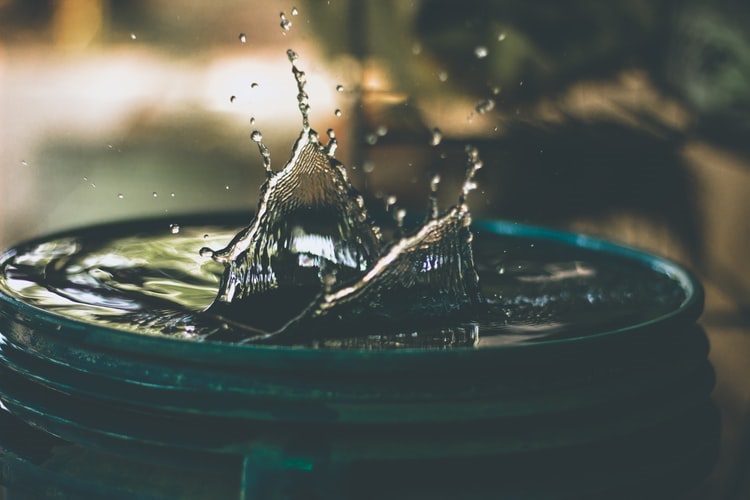Water is one of the essential products for the human race, and every country looks to ensure every citizen has access. That’s where water infrastructure comes in, and each country has its issues regardless. To understand these challenges, you must first understand the importance of water infrastructure.
When you want to fully grasp the idea of water infrastructure, it needs to be broken down into parts. The idea isn’t as simple as you would imagine, as several factors make it all happen. First, you need to look at the facts, benefits, role, and sustainable water infrastructure.
Below is a clear understanding of the importance of water infrastructure.
Facts
The facts are the first and obvious part that you want to start with when it comes to water infrastructure. Before you get to understand any part of water infrastructure, you need to get a complete lay of what water infrastructure constitutes.
There are several components of the same, and below is a breakdown;
-
Drinking-Water
Here, you have reservoirs and storage, lands as a vast water source, treatment plants, and distribution systems.
-
Wastewater
Then, there is the wastewater too as part of the infrastructure. Here, you have pump stations, treatment plants, collection systems, and septic systems.
-
Stormwater
The last infrastructure you can look at is stormwater, and it includes stormwater pipes, collection basins, land management practices, and green infrastructure approaches.
Sustainable Water Infrastructure
The next thing you need to understand is what sustainable water infrastructure looks like. Today, the term sustainable has been used in several aspects, especially in the energy field that you may be confused about. The idea is and has pretty much been the same about water infrastructure.
It is the meeting of needs for the present without compromising the ability for the future to meet their needs. The idea is applied as having an active and effective renewal and replacement program that allows the infrastructure to serve the future communities.
This can only be achieved by establishing a long-term plan that continuously and gradually replaces all the infrastructure aspects. This will also include water infrastructure construction that is sustainable. It all has to start from the root if true sustainability is ever to be achieved.
Benefits of Water Infrastructure
Every country seeks to get its water infrastructure well and genuinely set as several benefits come from it. Below is a breakdown of the various ways water infrastructure benefits a country.
-
Quality of Life
Excellent water infrastructure helps the country keep the public from health problems that can arise due to lack of it. it can keep of sewage-related and waterborne bacterial infections, parasites, viruses, and chemicals
The other way is that it provides a lasting legacy for the official who initiated it as it will serve the next generation too.

-
Environmental
More people are cautious of the environment today than before, and with the proper water infrastructure, there are several environmental benefits. One of them is less pollution of water pathways – no harm will fall on wildlife and the ecosystem.
It can also effectively reduce the wastage of water and energy. This can then lead to a decrease in gas emissions and reduce the strain put on natural resources.
-
Economical
These are well-thought-out plans for the future, so the economic benefits are clear. For example, this will lead to more business investment and sustainable growth. It can also help in financing when a community needs it due to the water bond ratings.
A good infrastructure will also protect tourism, fishing, and recreation industries.
Your Role
You also have a role to play when it comes to water infrastructure. This is a profound concept that you are a massive part of as to how it is affected. This is particularly the case when you are part of the leadership that can affect change.
Here are some things that you need to do if you are part of making policy in your community. Water infrastructure needs to start from down in the communities as it grows to a more extensive section.
-
Protect local water resources
You need to be part of the conversation when it comes to creating an excellent water infrastructure. This will then ensure public health, persevering the quality of life, and driving economic growth.
If you don’t take charge of preserving these water resources, you will be a part of the legacy that didn’t do enough for the future generation.
Breaking down the whole structure that is water infrastructure isn’t accessible. It’s a vast area that has several aspects that come to the fore. Here are the crucial parts of the whole structure; this can make it easy to understand.






